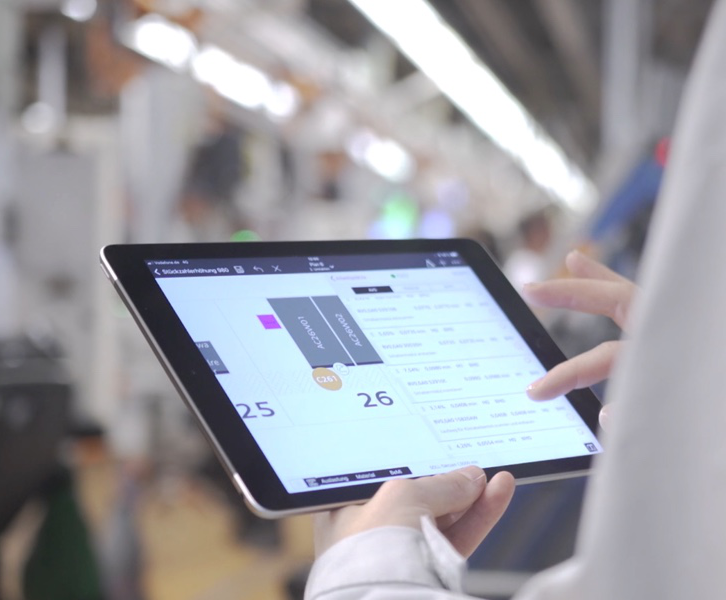A Gentle Introduction to Artificial Intelligence


Now that we know what the broad understanding of artificial intelligence is, we can try to answer the question of when did this all start. This question is much more difficult to answer, because the definition of AI has changed over time. The first substantial concepts for artificial intelligence were developed in the 1930s by Alan Turing. Before the 1950s, AI was mostly about statistics. With increasing computational power, the possibilities and also the concept of AI have changed. Today, the field of AI ranges from simple linear models over decision trees to complex deep neural networks. Over time, the field of artificial intelligence has become more complex and is still evolving. Today AI is used invarious areas. The biggest fields of application are personalized ads, followed by accounting and standardized customer communication. Prize optimization and predictive maintenance are also growing. All of the above benefit from a huge amount of data, also called Big Data.
After answering the questions of what AI is, when it all started, and where AI is mostly used, we now should have a deeper look into how to solve problems using AI. This can be separated into two main topics: the data and the algorithms. In the rest of this blog post, I want to explain what to keep in mind when you select your data and which basic algorithms exist. I will focus on data driven AI. Now you might ask yourself, what's that? To quickly answer this question, I have to introduce two additional terms: expert-driven and knowledge-driven AI. Knowledge-driven AI tries to use existing mathematical models and the knowledge of experts to support the decision-making progress. Data-driven AI on the other hand uses a large amount of labelled data to learn from.
That’s why one of the most important parts of data-driven AI is the data. It is crucial to have knowledge of business analysis and the data before actually collecting data. This means that one should not just collect and generate data but generate meaningful data. This is also referred to as Smart Data. Most of the time it is also necessary to pre-process the raw data to get a clean dataset. This could take multiple iterations. Based on the data you have, you can select an algorithm to solve your problem. Here it makes sense to start with a simple approach and increase the complexity of the algorithm until the performance requirements are met. It makes sense to try out different approaches as one would do in rapid prototyping and compare the performance. It is common that not only one algorithm or model can solve the problem, but usually there are multiple/endless viable solutions. But often it is a good idea to start with the most recent model or concept for the given problem.

Now let's have a look at the other main topic: the algorithms. The basic algorithms used in the field of artificial intelligence can be separated into two categories.On one side, there are classification algorithms and on the other side are regression algorithms. The classification algorithms are used to separate the data into different classes (for example, separating pictures of different animals into their corresponding animal classes). Common concepts for classification algorithms are decision trees, kernel support vector machines, random forests, and neural networks. The regression algorithms on the other hand are used for the prediction of continuous values. For example, to predict the room temperature in your office for the next hour, you could use a regression algorithm which uses information about the temperature in the past to predict future values. Common algorithms for this kind of problem are linear regression, decision trees, random forests, and again neural networks. Notice that the underlying concepts are similar. But a classification random forest is not the same as a regression random forest.
Artificial intelligence is a very wide and complex field but after you read this blog post you should have a good baseline to start. And as with everything else, the best way to learn more about AI is to start working with AI. So, start learning by doing.






